💥 The Truth about 50-Year Mortgages, AI Bubbles, and Government Shutdowns
Housing bubbles, AI bubbles, and government shutdowns explained.
👋 Good morning my friend and welcome back to your favorite newsletter! I’m experimenting with this new format, where I write thought pieces and deep dives on current events each week.
(And thank you for joining 108,000 members who read our newsletter to get smarter with money, investing, and the economy!)
📬 Today’s Points:
1. The Truth About 50-Year Mortgages
2. The Government Shutdown is Over (Until January 30th)
3. SoftBank Sold Nvidia. Is the AI Bubble About to Burst?1. The Truth About 50-Year Mortgages
What if buying a home meant you’d be making payments until you’re 90 years old?
Welcome to Trump’s latest housing proposal. A 50-year mortgage.
The pitch sounds simple: lower monthly payments, easier to afford a home. But here’s what they’re not telling you: you’ll pay double the interest. You’ll build equity at a snail’s pace. And you’ll turn the American Dream into a generational debt nightmare.
Why You Should Be Worried
The average first-time homebuyer is now 40 years old. Think about that. If you’re 40 and you take out a 50-year mortgage, you’re making payments until you’re 90.
The math is brutal.
Take a $400,000 home at 6% interest:
30-year mortgage: You pay $863,000 total. That’s $463,000 in interest.
50-year mortgage: You pay $1.26 million total. That’s $863,000 in interest.
You’re paying nearly double the interest for a monthly savings of about $290.
Here’s what Warren Buffett has preached for decades: compound interest is either your best friend or your worst enemy. In this case, it’s your enemy. Every extra year you stretch that loan, interest compounds against you.
The Japan Warning
Japan introduced 50-year mortgages in the 1990s. You know what happened next? Their real estate bubble exploded. Their economy entered a “Lost Decade” that turned into lost decades, plural.
When housing becomes unaffordable, governments often fail to address the underlying supply problem. They tinker with financing. They make it “easier” to borrow more money. They stretch out the pain.
It never works.
Japan’s lesson is simple: longer mortgages don’t solve affordability. They just hide the problem while making it worse.
The Psychology
Your brain hates big numbers. It loves small numbers.
This is called payment bias. We focus on monthly payments instead of total cost. Car dealers know this. They don’t ask “can you afford a $40,000 car?” They ask “can you afford $650 a month?”
The 50-year mortgage exploits this exact weakness in your thinking.
You see that $290 monthly savings and think: “I can afford this now!” Your brain ignores the $400,000 extra you’ll pay over your lifetime.
Here’s what’s really happening: You’re trading short-term relief for long-term poverty.
The Real Crisis
The median home price has exploded. Mortgage rates are stuck between 6-7%. Wages haven’t kept pace. So what’s the solution?
Build more houses.
That’s it. That’s the answer. More supply brings down prices. Economics 101.
But building more homes is hard. It requires zoning changes. It takes time. It pisses off current homeowners who don’t want their property values to drop.
So instead, we get gimmicks like 50-year mortgages.
Making it easier to borrow more money just drives prices higher. If everyone can suddenly “afford” an extra $20,000 because of lower monthly payments, sellers just raise prices by $20,000.
You’re not getting ahead. You’re running on a treadmill that’s speeding up.
What This Means
Let’s talk about what a 50-year mortgage really steals from you:
Your retirement. For generations, middle-class Americans built wealth the same way: they paid off their mortgage between ages 50 and 65. Then they retired without a housing payment. Social Security plus savings equaled a decent retirement.
A 50-year mortgage destroys this path. You’re making house payments until 85 or 90. Social Security doesn’t cover your cost of living AND a mortgage. You’re forced to work longer or sell the house.
Your equity. After 10 years on a 30-year mortgage, you’ve paid off 16% of your loan. After 10 years on a 50-year mortgage? Less than 4%.
That means you’re underwater longer. You can’t refinance if rates drop. You can’t sell without taking a loss. You’re trapped.
Your children’s future. Here’s the nightmare scenario: You die before the mortgage is paid off. Your kids inherit the house and the debt. Congratulations, you’ve passed generational poverty to your children.
What You Should Do
If you’re thinking about buying a home:
Ignore the monthly payment. Focus on total cost. Use online calculators to see how much you’ll actually pay over the life of the loan.
Put down as much as possible. Every dollar you put down is a dollar you don’t pay interest on for 30 or 50 years.
Consider waiting. This sounds brutal, but sometimes the best financial move is patience. If you can’t afford a 30-year mortgage, a 50-year mortgage doesn’t solve your problem. It makes it worse.
Look for cheaper markets. The average home in California costs $802,000. In other states, you can buy a great house for $300,000. Remote work makes this possible.
Challenge the assumption that you must buy now. Renting gets a bad rap. But if renting saves you from a 50-year debt trap, it’s the smart move.
If you’re already a homeowner:
Pay extra toward principal. Even an extra $200 a month can cut years off your mortgage and save tens of thousands in interest.
Refinance if rates drop. If you’re on a 30-year mortgage at 7% and rates fall to 5.5%, refinance immediately.
Don’t cash out equity for consumption. Your home equity is your retirement fund. Don’t blow it on a new car or vacation.
Final Thought
The 50-year mortgage isn’t a solution. It’s a symptom of a broken housing market.
Real solutions are hard: build more housing, reform zoning laws, address wage stagnation, make it easier to build manufactured homes faster and cheaper.
Fake solutions are easy: let people borrow more money for longer periods.
History shows us how this ends. Japan tried it. It failed spectacularly.
Here’s what you need to remember: A lower monthly payment doesn’t mean affordability. It means you’re paying the same amount over a longer time with more interest.
Don’t fall for it.
👉 For daily insights, follow me on X /Twitter; Instagram Threads; Facebook; or BlueSky, and turn on notifications!
2. The Government Shutdown is Over (Until January 30th)
The longest government shutdown in U.S. history just ended. 43 days. Hundreds of thousands of workers without paychecks. Economic data frozen. Food assistance delayed. Airports in chaos.
And here’s the scary part: it could happen again in two months.
What Happened
President Trump signed a bill Wednesday night to reopen the government. The shutdown is over. For now.
But here’s what you need to know: This bill only funds the government through January 30th. That means we’re doing this all over again in less than 10 weeks.
The fight was about health insurance tax credits. Democrats wanted to extend subsidies that help millions afford health care through Affordable Care Act marketplaces. Republicans said no.
After 43 days of standoffs, Democrats caved. They got a promise of a vote by mid-December. That’s it. A promise. Not a guarantee.
When politicians play chicken, ordinary Americans get hurt. Federal workers missed paychecks. Families couldn’t access food benefits. Critical economic data was delayed.
Why Both Parties Failed
Let me be blunt: both sides screwed this up.
Republicans pushed tax breaks earlier this year that mostly benefit the wealthy. Then they refused to extend health care subsidies for working families. Their message: tax cuts for the rich are urgent. Health care for the middle class can wait.
Democrats held the government hostage over a policy dispute. They knew the shutdown would cause pain. They did it anyway. Their bet: the pain would force Republicans to negotiate.
Both parties used regular Americans as pawns.
This is fiscal irresponsibility at its finest. Neither party cares about balanced budgets. Neither party wants to make hard choices. They just want to win the news cycle.
What This Means for the Economy
Government shutdowns aren’t just political theater. They have real economic consequences.
Economic data gets delayed. During the shutdown, agencies couldn’t release jobs reports, inflation data, or GDP numbers. Investors and businesses make decisions based on this data. When it’s frozen, uncertainty increases.
Consumer confidence drops. When 670,000 federal workers miss paychecks, they stop spending. When 42 million people worry about food assistance, they cut back. This ripples through the economy.
Market volatility increases. Investors hate uncertainty. Shutdowns create uncertainty. That means more volatility in your 401(k).
Here’s what history tells us: government shutdowns don’t tank the economy. But they don’t help it either. They’re a drag. A self-inflicted wound that slows growth and hurts confidence.
The Real Fiscal Crisis
Here’s what this shutdown reveals: America has a spending problem and a revenue problem, and nobody wants to fix either one.
The federal government is running massive deficits. We’re adding trillions to the national debt. Interest payments on that debt are now one of the largest budget items.
And what are we fighting about? Health care subsidies that cost a fraction of the overall budget.
This is like arguing about a $20 restaurant bill while your house is on fire.
Charlie Munger used to say: “Show me the incentive and I’ll show you the outcome.” Politicians’ incentive is to get re-elected. That means spending money to make voters happy. It means avoiding hard choices about entitlements and defense spending.
There’s no incentive to fix the problem. So the problem gets worse.
What to Do to Protect Yourself
Don’t rely on the government for your financial security. That’s the harsh lesson here.
Here’s your action plan:
1. Build a bigger emergency fund.
If you’re a federal worker, you just learned you could go 43 days without a paycheck. If you’re anyone else, you just saw how government dysfunction can hurt the economy.
Your emergency fund needs to be bigger than you think. Aim for 6-12 months of expenses. Yes, that’s a lot. But it’s the buffer that keeps you safe when things go sideways.
2. Diversify your income.
Never rely on a single source of income. Not your job. Not the government. Not anything.
In my 15 years on Wall Street, I saw people with great jobs lose everything because they had no backup plan. Side hustles, investments, rental income – these aren’t luxuries. They’re necessities.
3. Watch for the next shutdown.
This bill funds the government through January 30th. That’s right after New Year’s. If you think this fight is over, you’re not paying attention.
Mark your calendar: Late January 2026. That’s when this circus starts again.
If you’re smart, you’ll:
Have extra cash on hand
Monitor your investments more closely
Be ready for market volatility
4. Don’t count on government benefits.
If you’re relying on health insurance subsidies, understand they could disappear. If you’re counting on food assistance, have a backup plan. If you’re waiting on government services, expect delays.
This isn’t pessimism. It’s realism.
5. Focus on what you can control.
You can’t control whether politicians shut down the government. But you can control your savings rate. Your investment strategy. Your skill development. Your side income.
Build your wealth independent of government chaos.
The Investment Implications
Here’s what investors should watch:
1. Market reactions to shutdowns are usually short-lived. Stocks might dip during the drama. But once it’s resolved, markets recover quickly. Don’t panic sell.
2. Sectors that depend on government spending get hit harder. Defense contractors, government service companies, healthcare stocks tied to federal programs – these see more volatility during shutdown threats.
3. Safe-haven assets get a boost. Gold, Treasury bonds, and other “safe” investments tend to rise when government dysfunction creates uncertainty.
4. The real risk is long-term fiscal health. Repeated shutdowns, massive deficits, and political gridlock signal deeper problems. This doesn’t crash the market tomorrow. But it erodes America’s fiscal foundation over time.
Final Thought
The shutdown is over. But the dysfunction isn’t.
Here’s what you need to remember: Government shutdowns reveal how broken our political system is. Both parties prioritize winning over governing. Both parties spend money we don’t have. Both parties avoid hard choices.
Your job is to build wealth that survives this chaos.
That means bigger emergency funds. Multiple income streams. Smart investments. And the discipline to keep building regardless of political noise.
The government might shut down again. Your financial plan shouldn’t.
👉 For daily insights, follow me on X /Twitter; Instagram Threads; Facebook; or BlueSky, and turn on notifications!
3. SoftBank Sold Nvidia. Is the AI Bubble About to Burst?
SoftBank just sold $5.8 billion worth of Nvidia stock. All of it. Every single share.
And the timing couldn’t be more interesting.
What Happened
SoftBank, run by legendary (and sometimes reckless) investor Masayoshi Son, announced it sold its entire Nvidia position in October. That’s 32.1 million shares. Gone.
Where’s the money going? Into OpenAI. Into the $500 billion Stargate data center project. Into more AI infrastructure bets.
SoftBank is selling the picks and shovels of the AI gold rush to bet on the prospectors.
Nvidia makes the chips that power AI. OpenAI uses those chips to build ChatGPT. SoftBank just sold the chipmaker to fund the chip buyer.
Is this a red flag? Is the AI bubble about to pop?
SoftBank’s Terrible Track Record
Let’s talk about SoftBank’s history with Nvidia. Because it’s a masterclass in bad timing.
2019: SoftBank sells its Nvidia stake for $3.6 billion. At the time, it seemed smart. Lock in profits. Move on.
Then AI happened. That stake would have been worth $160 billion by last year.
SoftBank missed a 44x return because they sold too early.
Now they’re selling again. Are they making the same mistake? Or do they know something we don’t?
Here’s what Warren Buffett would say: “The stock market is a device for transferring money from the impatient to the patient.”
SoftBank has been impatient. Twice.
The Circular AI Money Game
Let’s follow the money because it gets wild:
SoftBank sells Nvidia stock
SoftBank invests $40 billion in OpenAI
OpenAI uses that money to buy Nvidia chips
Nvidia’s revenue goes up
Nvidia’s stock goes up
SoftBank doesn’t own Nvidia anymore
See the problem? SoftBank is funding a company whose main expense is buying products from the company they just sold.
It gets weirder:
SoftBank is also backing the $500 billion Stargate project
Stargate will buy massive amounts of Nvidia chips
Nvidia wins regardless
SoftBank is betting on the middleman, not the supplier
This is what happens when too much money chases too few opportunities. Everyone’s investing in each other. It’s a circular funding loop that looks great on paper until it doesn’t.
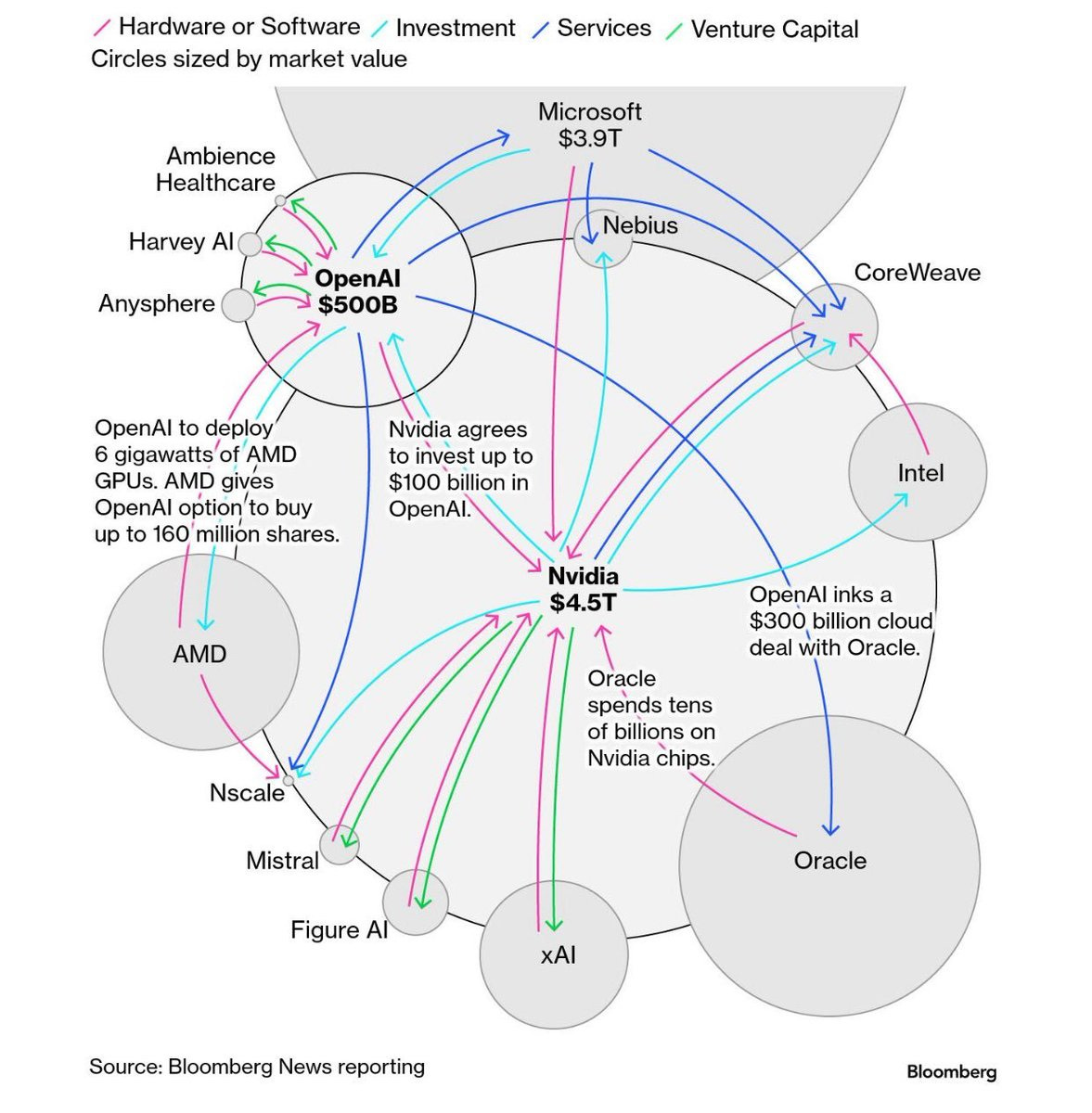
Is the AI Bubble About to Pop?
Here are the warning signs piling up:
1. Smart money is getting cautious. Morgan Stanley and Goldman Sachs CEOs recently warned that stocks might be heading for a correction. Michael Burry – the guy who shorted the housing market in 2008 – is now betting against Nvidia and Palantir.
2. Valuations are insane. Nvidia hit a $5 trillion market cap. That’s more than the entire GDP of most countries. The stock has surged 1,200% in three years.
3. The circular funding is accelerating. OpenAI is valued at over $150 billion. It’s considering a $1 trillion IPO. But it’s burning cash and hasn’t proven it can be profitable at scale.
4. CoreWeave just cut its revenue forecast. This AI cloud provider saw its stock drop 9% after announcing a contract delay. Small cracks are appearing.
Does this mean the AI bubble is popping? Not necessarily. But it means we’re in the danger zone where euphoria meets reality.
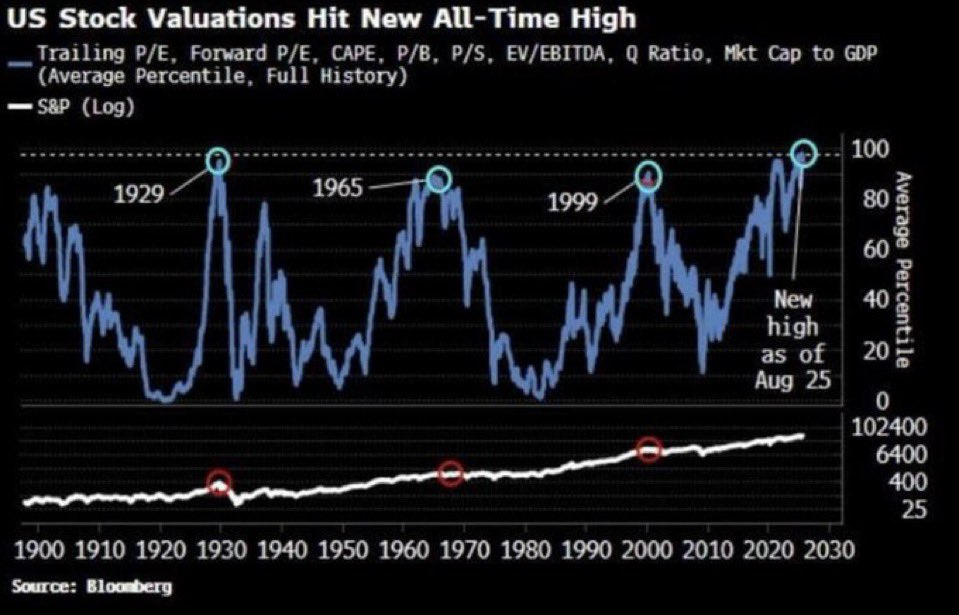
What History Tells Us About Bubbles
Let’s look at past bubbles and what they teach us:
The Dotcom Bubble (1999-2000):
Companies with no revenue had massive valuations
Everyone believed “this time is different”
When reality hit, the Nasdaq crashed 78%
But Amazon, Google, and eBay survived and thrived
The Housing Bubble (2006-2008):
Easy credit fueled unsustainable prices
Everyone assumed prices would keep rising
When it popped, the financial system nearly collapsed
But real estate eventually recovered
The Crypto Bubble (2021-2022):
Bitcoin hit $69,000
Every celebrity was shilling NFTs
Then it crashed 75%
Now Bitcoin is back above $90,000
The pattern is always the same:
Revolutionary new technology
Massive investment and hype
Valuations detach from fundamentals
Reality check
Crash
Recovery for the real winners
AI is revolutionary. The technology is real. The applications are powerful. But that doesn’t mean every AI company is a good investment at any price.
What SoftBank’s Move Really Signals
Here’s what I think is happening:
SoftBank isn’t saying AI is over. They’re making a specific bet: that application layer companies (like OpenAI) will capture more value than infrastructure companies (like Nvidia).
Is this smart? Maybe. Maybe not.
In the early days of the internet, infrastructure companies (Cisco, Oracle) made fortunes. But eventually, application companies (Google, Facebook, Amazon) captured more value.
The problem: We’re still early in AI. Nobody knows yet which layer will win.
Nvidia has a moat. They dominate AI chips. They have CUDA software that locks in developers. They have huge margins.
OpenAI has potential. But they’re burning billions. They’re racing to AGI (artificial general intelligence). They’re praying they can find a business model that works.
SoftBank is betting on potential over proven profits. That’s very SoftBank. Sometimes it works (Alibaba). Sometimes it crashes spectacularly (WeWork).
What You Should Do
If you own Nvidia or other AI stocks:
Don’t panic. One investor selling doesn’t mean the sky is falling. But do pay attention.
Watch these signals:
Revenue growth slowing: If Nvidia’s quarterly revenue growth starts decelerating, that’s a yellow flag.
Customer concentration: Nvidia’s biggest customers are cloud providers and AI startups. If they start cutting spending, Nvidia feels it immediately.
Competition heating up: AMD is gaining ground. Custom AI chips from Google and Amazon are reducing Nvidia dependence.
Valuation vs fundamentals: Nvidia trades at a high multiple. If earnings don’t keep pace with the stock price, that’s a problem.
Consider these moves:
1. Take some profits. If Nvidia is over 30% of your portfolio because it’s gone up so much, sell some. Lock in gains. Rebalance.
2. Set a stop loss. Decide in advance: if Nvidia drops X%, I’m selling. This removes emotion from the decision.
3. Diversify within tech. Don’t just own AI. Spread across software, semiconductors, cloud, cybersecurity.
4. Keep some powder dry. If the AI bubble pops, there will be buying opportunities. Having cash means you can buy the dip.
If you’re thinking about buying Nvidia or AI stocks:
Don’t chase the rally. The easy money in Nvidia has been made. From here, you’re paying premium prices and hoping for continued growth.
Wait for a pullback. AI isn’t going away. But that doesn’t mean you need to buy at all-time highs. Patience pays.
Consider the contrarian play. If everyone’s betting on AI, maybe the opportunity is elsewhere. Maybe it’s in companies that will benefit from AI without being pure-play AI stocks.
If you’re not in AI at all:
Don’t feel FOMO. The fear of missing out has destroyed more wealth than any market crash. Just because something has gone up doesn’t mean you’re late.
Do your homework. Understand what you’re buying. AI is complex. Nvidia’s business is sophisticated. Don’t invest in what you don’t understand.
Think long-term. If you believe AI will transform the world over the next 20 years, short-term volatility doesn’t matter. But if you’re trying to time the top, you’ll probably fail.
The Contrarian Opportunity
Here’s where it gets interesting: when smart money sells, contrarians buy.
SoftBank sold Nvidia in 2019. It was the wrong call. They could be wrong again.
Michael Burry is shorting Nvidia and Palantir. He was right about the housing crisis. But he’s also been wrong many times since.
Markets are humbling. Nobody gets it right all the time.
Here’s the opportunity: If the AI bubble pops, the baby will get thrown out with the bathwater. Great companies with real revenue and real profits will get crushed alongside speculative garbage.
That’s when you buy.
Warren Buffett: “Be fearful when others are greedy, and greedy when others are fearful.”
Right now, everyone’s greedy about AI. When that flips – and it will – that’s your moment.
What to Watch in the Coming Months
Mark these dates and events:
1. Nvidia’s next earnings report. Watch for revenue guidance. Watch for data center growth. Watch for gross margins.
2. OpenAI’s funding details. They’ve promised $1.4 trillion in infrastructure deals. How are they paying for it? If details are vague, that’s a red flag.
3. AI startup burn rates. Companies like Anthropic, OpenAI, and others are burning billions. When do they run out of money? Who bails them out?
4. Regulatory pressure. Governments are starting to regulate AI. This could slow growth or change business models.
5. Competition from China. DeepSeek just released a model that rivals OpenAI at a fraction of the cost. If China catches up, the economics of AI change dramatically.
Final Thought
SoftBank selling Nvidia doesn’t mean the AI revolution is over. But it’s a data point. A signal. A reminder that even in the hottest sectors, timing matters.
Here’s what you need to remember:
The AI technology is real. It will change everything. But that doesn’t mean every AI stock is a good investment at any price.
Timing the market is nearly impossible. SoftBank proved this by selling Nvidia too early in 2019. They might be doing it again. Or they might be smart.
Diversification protects you. If you own AI stocks, make sure they’re not your entire portfolio. If the bubble pops, you want to survive.
Volatility creates opportunity. When others panic, patient investors with cash can buy great companies at discount prices.
Focus on fundamentals. Revenue, profits, competitive moats – these matter more than hype and hope.
The AI story is far from over. But we might be entering a new chapter. One where winners separate from losers. Where valuations matter again. Where reality replaces euphoria.
Stay alert. Stay diversified. And keep some powder dry.
👉 For daily insights, follow me on X /Twitter; Instagram Threads; Facebook; or BlueSky, and turn on notifications!
👋Final Thoughts:
🙌Thank you for reading and joining 108,000 members who trust this newsletter! If you enjoyed it please:
Hit the ❤️ LIKE button on this post and help us grow on Substack 🙏
Share this newsletter with friends & family to help them get smarter with money, investing, and the economy!
Become a paid subscriber to support our writing and research! (Get a 30-day free trial with this link) (learn about all the benefits here)
Did you know that your job can pay for this newsletter with its employee development budget? To make the process easy, we’ve created this email template to send to your manager.
And please let us know what you think of today’s newsletter:
Missed an issue? Read past issues here at TheFinanceNewsletter.com
☺️ My goal is to help you become smarter with money — Join 3 million and follow me across social media for daily insights:
Instagram Threads: @Fluent.In.Finance
Twitter/ X: @FluentInFinance
Facebook Page: Facebook.com/FluentInFinance
Linkedin: Linkedin.com/in/Lokenauth
Youtube: Youtube.com/FluentInFinance
Instagram: @Fluent.In.Finance
TikTok: @FluentInFinance
Facebook Group: Facebook.com/Groups/FinanceTalk
Reddit Community: r/FluentInFinance
➕Please add this newsletter to your contacts to ensure that none of our emails ever go to spam!
This content is for educational purposes only. Such information should not be construed as legal, tax, investment, financial, or other advice. See for Disclaimer, Terms and Conditions.



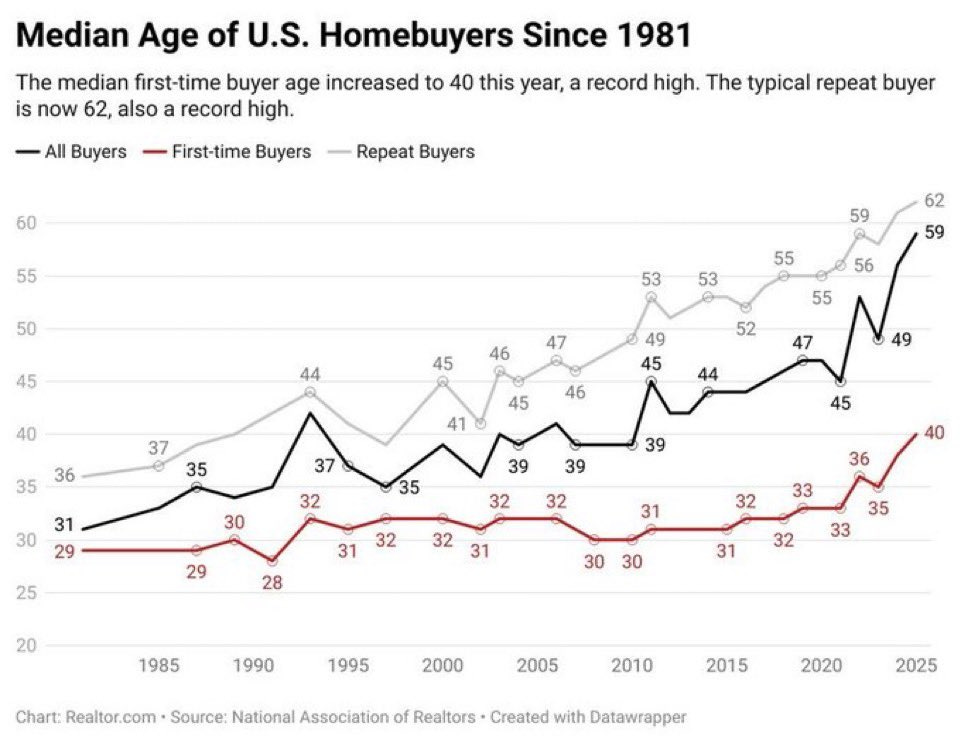
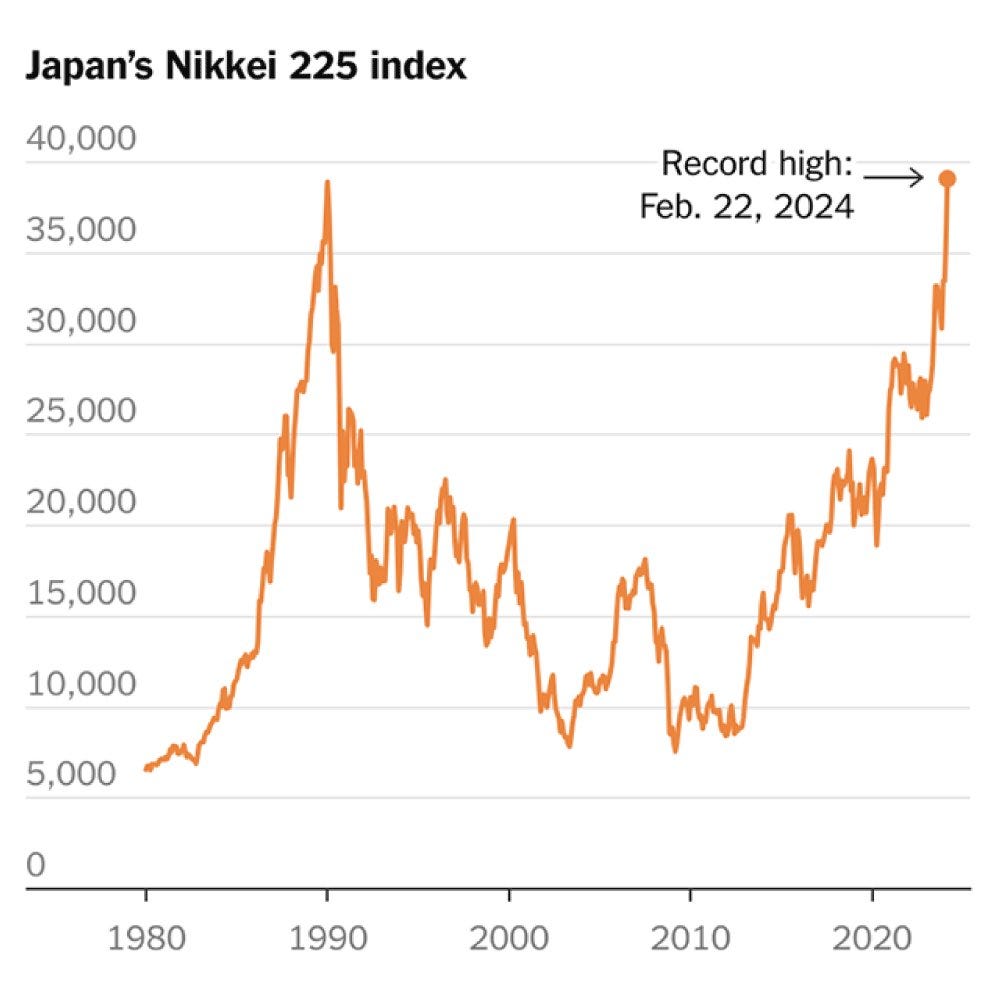

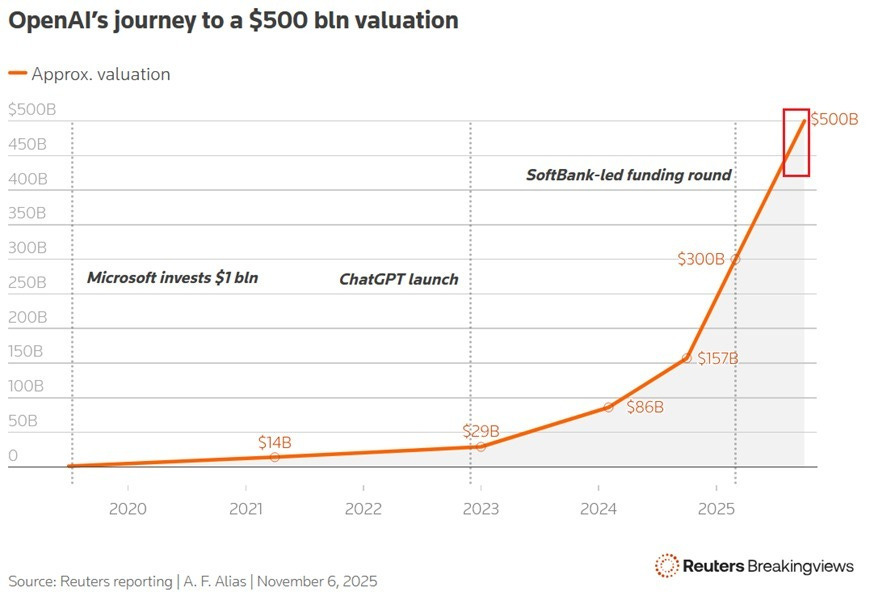
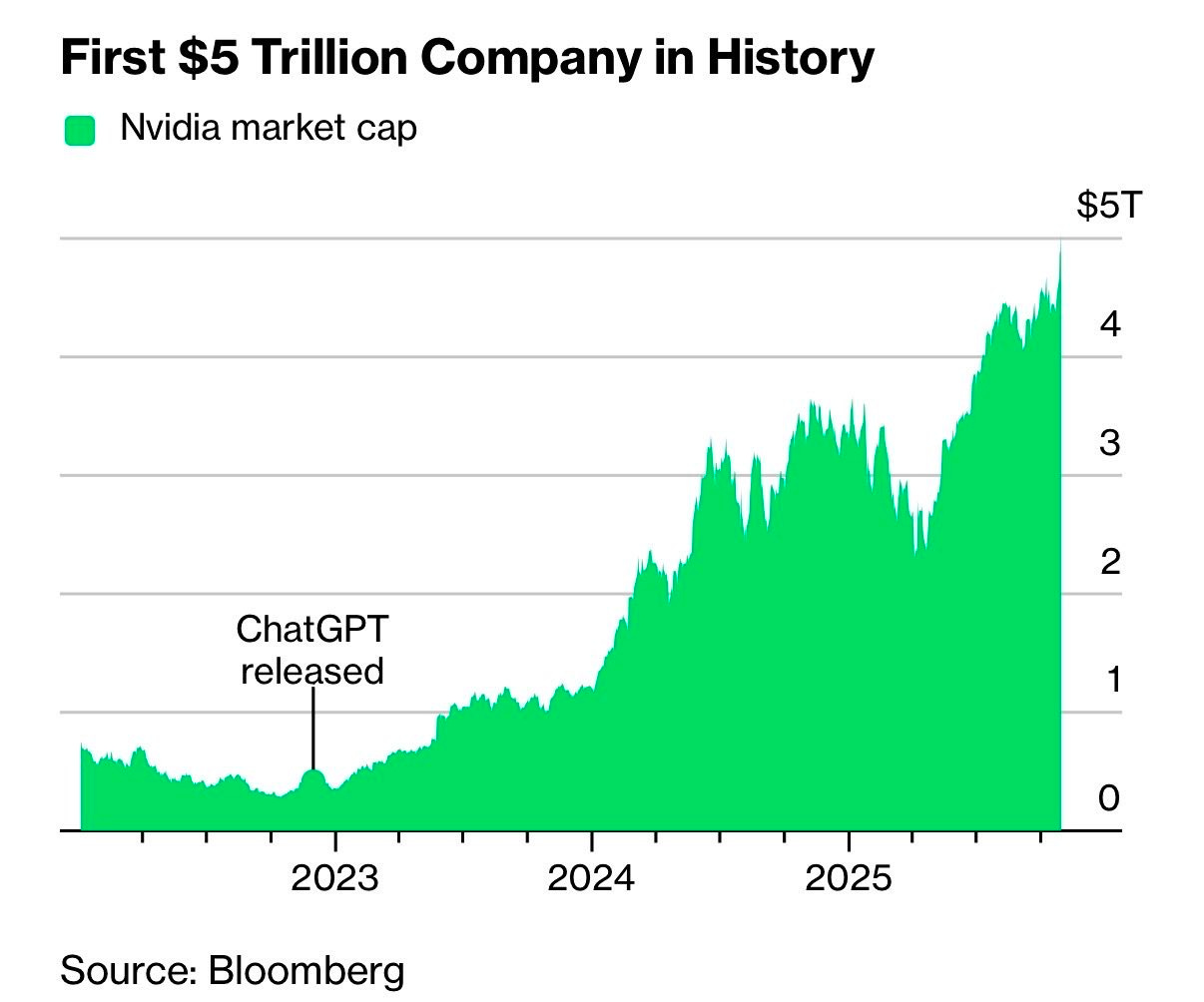
The effing idiot From FOX named Brian Kilmeade thinks 50 yr. mortgage is swell.....hes a moron
Let me know what you think!